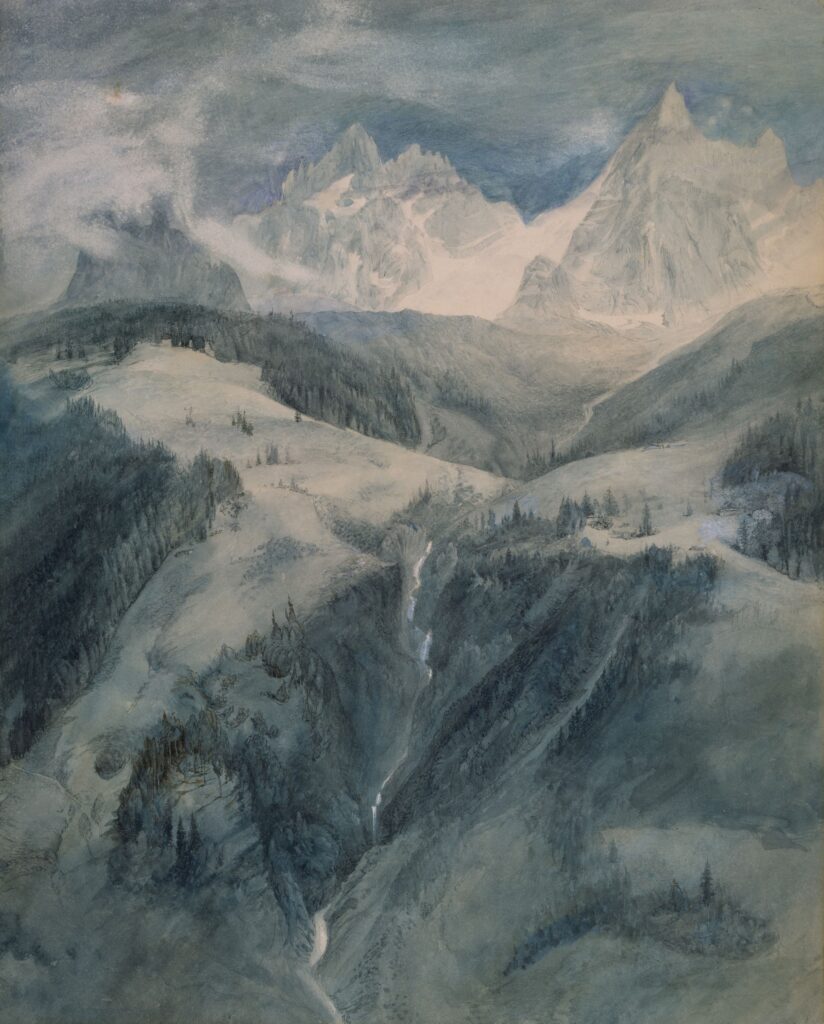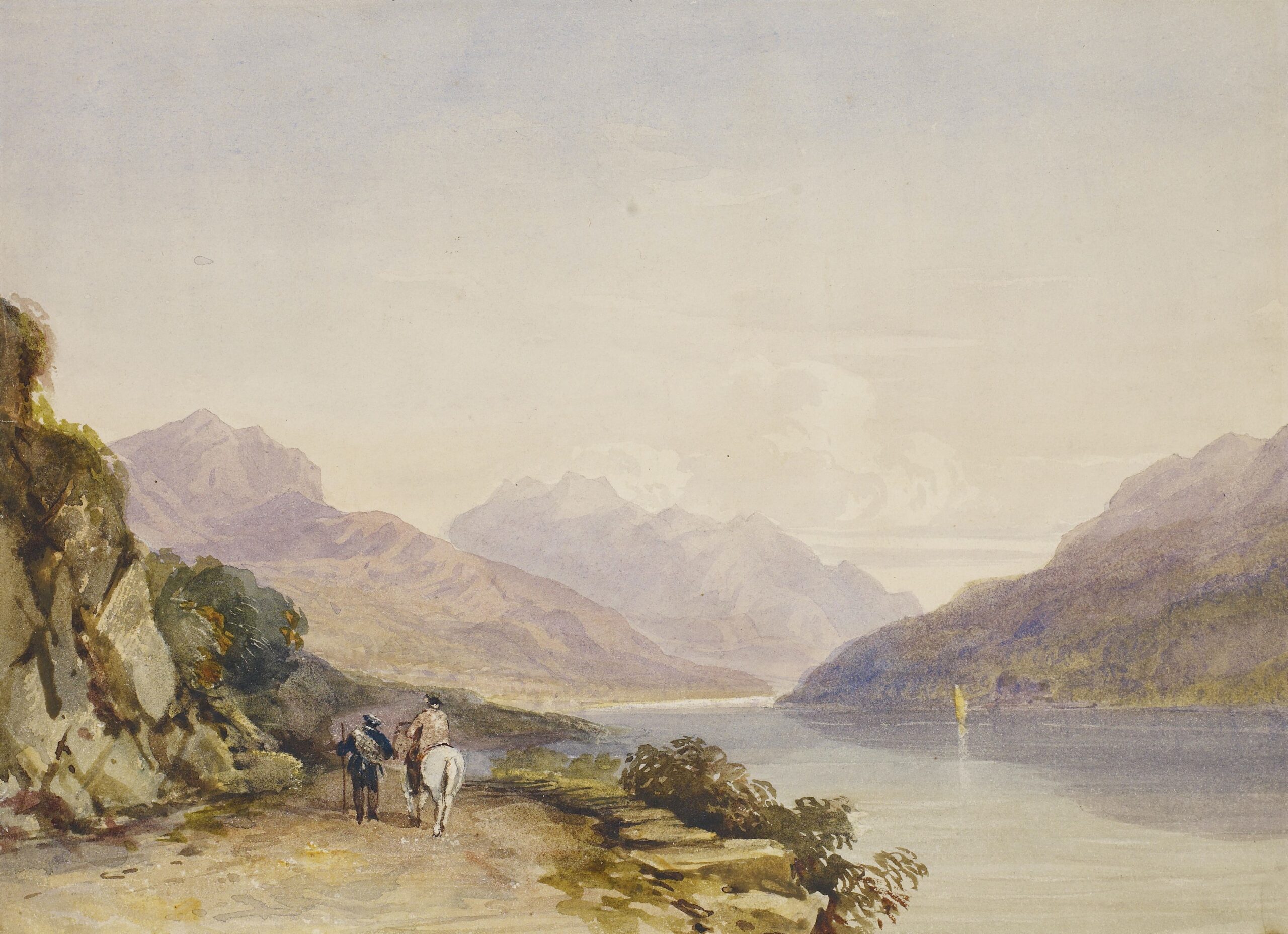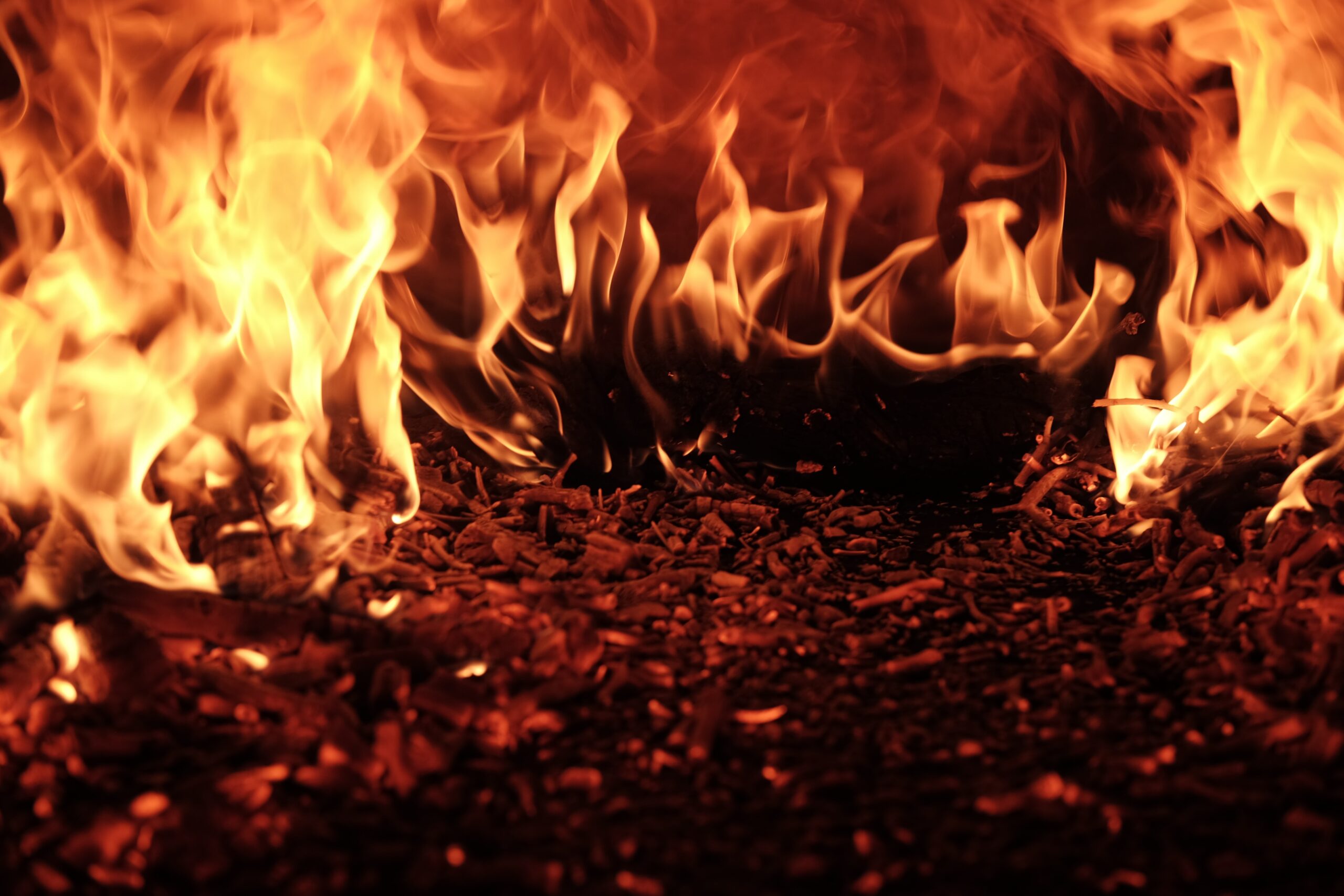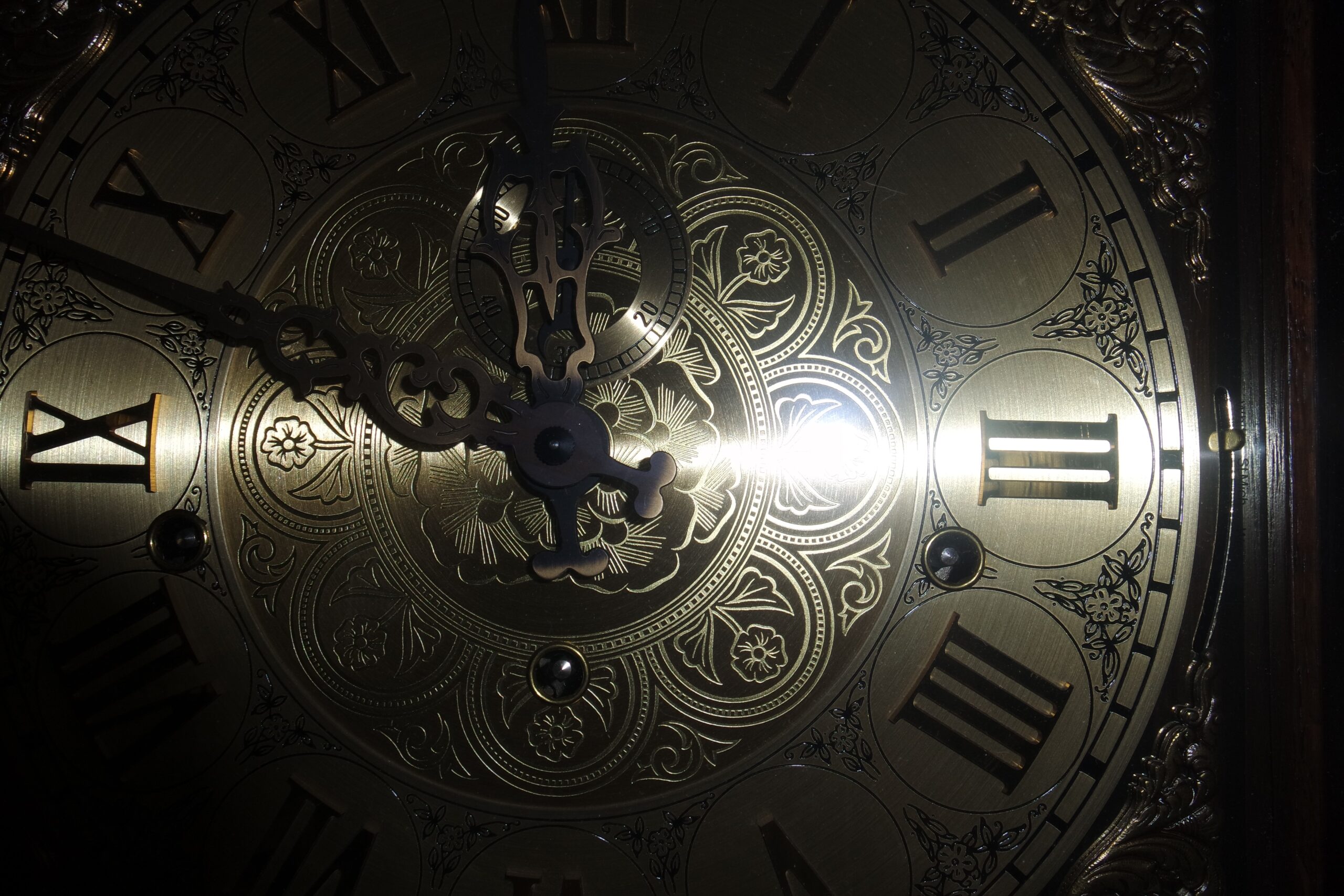In this article, you will learn the intricacies of painting cars with gouache, a versatile and vibrant medium that can bring your artistic visions to life. Gouache, known for its opaque qualities and quick drying time, offers a unique approach to capturing the sleek and dynamic lines of automobiles. By following a few key techniques and utilizing the right tools, you can achieve stunning results that showcase the beauty and allure of cars through this compelling medium. Whether you are a seasoned artist looking to expand your skills or a beginner eager to explore the world of automotive art, this guide will provide you with the knowledge and guidance necessary to create captivating car paintings with gouache.

This image is property of images.unsplash.com.
Preparation
Before you begin painting a car with gouache, it is important to properly prepare yourself and your workspace to ensure the best possible results. This involves gathering all the necessary materials, setting up your workspace, choosing the right surface, and ensuring proper lighting.
Gathering the Materials
To start off, gather all the materials you will need for your gouache painting. These include gouache paints, a sketch pad, brushes of various sizes, a color wheel, a palette, water containers, paper towels, masking tape, a primer, and a fixative.
Preparing the Workspace
Creating a suitable workspace is essential to maintain focus and organization throughout your painting process. Find a clean and well-lit area where you can comfortably work. Make sure you have a sturdy table or easel to work on, with ample space to lay out your materials.
Choosing the Right Surface
Selecting the appropriate surface for your gouache painting is crucial for achieving the desired results. It is recommended to use a high-quality, acid-free watercolor paper or illustration board, as these surfaces are designed to handle wet mediums like gouache.
Setting Up Proper Lighting
Proper lighting is essential for accurately assessing colors and achieving the desired visual effects in your gouache painting. Position your workspace near a natural light source, such as a window, or use a combination of daylight bulbs and ambient lighting to ensure sufficient brightness and color accuracy.
Creating an Initial Sketch
Before diving into the painting process, it is important to create an initial sketch to serve as a guide for your artwork. This allows you to establish the composition, proportions, and overall structure of the car.
Selecting a Reference Image
Find a detailed reference image of the car you wish to paint. This can be a photograph or a high-resolution image. Ensure that the reference image captures all the angles and intricate details you want to incorporate into your artwork.
Preparing a Sketch Pad
Use a sketch pad or drawing paper to create a preliminary sketch of your car. Make sure the paper is of good quality and compatible with your chosen drawing tools. Using a graphite pencil, lightly sketch the basic shapes and proportions of the car, focusing on capturing the overall structure.
Drawing Basic Shapes
Begin by breaking down the car into basic shapes and forms. Use simple lines and geometric shapes to outline the main body, windows, wheels, and other prominent features. This step will serve as the foundation for adding more intricate details later on.
Adding Details and Proportions
Once you have established the basic shapes and forms, start adding more detailed elements to your sketch. Pay close attention to proportions and accuracy, ensuring that the various components of the car align correctly. Add smaller details such as headlights, mirrors, and door handles to bring your sketch to life.
Understanding Color Mixing
Understanding color mixing is essential for creating vibrant and realistic car paintings with gouache. Familiarize yourself with the color wheel, primary, secondary, and tertiary colors, and experiment with various color combinations to achieve desired tones and hues.
Learning the Color Wheel
The color wheel is a visual representation of the relationships between colors. It consists of primary colors (red, blue, yellow), secondary colors (orange, green, purple), and tertiary colors (red-orange, yellow-orange, etc.). Understanding how these colors interact and blend together will help you create dynamic and harmonious color palettes for your car painting.
Identifying Primary, Secondary, and Tertiary Colors
Primary colors are the building blocks of all other colors. Secondary colors are created by mixing equal parts of two primary colors, while tertiary colors are produced by combining a primary color with a neighboring secondary color on the color wheel. Familiarize yourself with these color categories to better understand how to achieve specific shades and hues.
Experimenting with Different Combinations
To create various tones and hues, experiment with different color combinations. Mix primary colors to create secondary colors, and then further mix them with primary or tertiary colors to achieve your desired shades. Take notes on the ratios and combinations that produce the colors you like, as this will help you achieve consistency throughout your painting process.
Achieving Desired Tones and Hues
By adjusting the ratios of primary, secondary, and tertiary colors, you can achieve a wide range of tones and hues. Use lighter or darker shades to create highlights and shadows, and experiment with adding complementary colors to create depth and contrast. Keep in mind the overall color scheme of the car and ensure harmony between different parts of the painting.
Working with Gouache
Gouache is a versatile medium that allows for opaque and vibrant colors. Understanding how to choose the right gouache paints, evaluate their consistency, mix them with water, and explore various techniques for applying them is crucial for achieving desired results in your car painting.
Choosing the Right Gouache Paints
When selecting gouache paints, opt for professional-grade paints that offer high pigment concentration and excellent lightfastness. Look for a wide range of colors to ensure you have a comprehensive palette to work with. Consider purchasing both tubes and pans to have options for different techniques.
Understanding the Consistency of Gouache
Gouache paints come in different consistencies, ranging from creamy to more liquid-like. Consider the type of effect you want to achieve in your painting when choosing the consistency. Creamier gouache is ideal for opaque coverage and impasto techniques, while more diluted gouache is suitable for translucent effects and layering.
Mixing Gouache with Water
Gouache paints can be mixed with water to achieve different effects and consistencies. Add water gradually to thin the paint and create smoother, more translucent washes. Experiment with different water-to-paint ratios to find the consistency that works best for your painting style and desired effects.
Exploring Techniques for Applying Gouache
There are various techniques you can employ when applying gouache to your car painting. Some popular techniques include wet-on-wet, dry brushing, glazing, and stippling. Each technique produces different textures and finishes, so it is worth experimenting with different methods to find the ones that suit your artistic vision.

This image is property of images.unsplash.com.
Preparing the Surface
Before you start painting, it is important to properly prepare the surface of your chosen medium. This involves applying primer, creating a grid system, transferring the sketch onto the surface, and masking certain parts of the car to achieve clean and crisp lines.
Applying Primer
Applying primer to your chosen surface helps create a smooth and even base for the gouache paint to adhere to. Follow the manufacturer’s instructions, and ensure that the primer is completely dry before proceeding to the next steps. Primer also prevents the paint from seeping into the paper fibers and enhances color vibrancy.
Creating a Grid System
Creating a grid system on your surface can be helpful in translating the proportions and details from your sketch onto the medium. Divide the surface into a grid using light pencil lines, and refer to the corresponding sections on your sketch to ensure accurate placement and proportions.
Transferring the Sketch onto the Surface
To transfer your sketch onto the prepared surface, there are a few methods you can use. One way is to use carbon paper to trace the lines onto the surface, ensuring that you press firmly to leave a clear outline. Alternatively, you can use the grid system to recreate the sketch on the surface, section by section.
Masking Parts of the Car
Using masking tape to cover specific areas of the car can help you achieve clean and precise edges. This technique is particularly useful for painting small details or areas that require intricate brushwork. Apply the masking tape firmly, ensuring it adheres tightly to avoid paint bleeding beneath.
Starting the Painting Process
With your properly prepared surface, it is time to begin the actual painting process. The initial steps involve establishing the base colors, painting the background, layering the colors, and adding highlights and shadows to create depth and dimension in your artwork.
Establishing the Base Colors
Start by applying the base colors to the different sections of the car. Refer to your reference image and mix the appropriate colors using the gouache paints. Apply the paint evenly, ensuring smooth coverage and consistent color saturation. Use larger brushes for broad areas and switch to smaller brushes for finer details.
Painting the Background
Consider the overall composition and context of the car in deciding how to approach the background. Choose colors that complement the car and create a visually appealing backdrop. Apply the background paint smoothly and evenly, taking care to blend it seamlessly with the base colors or other elements of the painting.
Layering the Colors
Layering is a common technique in gouache painting that adds depth and richness to the colors. Apply subsequent layers of paint once the previous layer is completely dry. Gradually build up the intensity and complexity of the colors, paying attention to shadows, highlights, and variations in tone.
Adding Highlights and Shadows
To create realistic lighting and depth, add highlights and shadows to your car painting. Observe the light source in your reference image and determine where the light falls and how it interacts with different surfaces of the car. Use lighter shades for highlights and darker shades for shadows, carefully blending them with the base colors for a natural appearance.

This image is property of images.unsplash.com.
Detailing and Refining
Once the base colors and overall composition are established, it is time to focus on adding finer details and refining your car painting. This involves adding fine lines and edges, creating textures and patterns, enhancing reflections and metallic effects, and refining small details to bring your artwork to life.
Adding Fine Lines and Edges
Use smaller brushes and finer strokes to add fine lines and edges to your car painting. Pay close attention to the contours, seams, and other intricate details of the car. This step requires patience and precision, as it can greatly enhance the realism and accuracy of your artwork.
Creating Textures and Patterns
Experiment with different brush techniques and strokes to create textures and patterns in specific areas of the car. This can be especially effective in portraying surfaces such as leather, metal, or glass. Use dry brushing, stippling, or crosshatching to achieve the desired effects, adding depth and interest to your painting.
Enhancing the Reflections and Metallic Effects
To depict the reflective surfaces, such as windows or chrome, pay attention to the play of light and shadows. Use lighter shades to capture highlights and reflection points, while darker tones depict areas of shadow and contrast. Carefully blend these elements to create a realistic and dimensional portrayal.
Refining Small Details
The devil is in the details, so take the time to refine small elements of your car painting. This can involve adding intricate logos or emblems, perfecting the intricate patterns of the grille, or adding tiny bolts and screws. These subtle touches can greatly contribute to the overall realism and professionalism of your artwork.
Working on Complex Areas
Certain parts of a car, such as windows, tires, chromed parts, and logos, require specific techniques to achieve realistic and convincing results. It is important to approach these complex areas with care and patience.
Painting Windows and Glass
To paint the windows and glass, use transparent washes of gouache to create a translucent effect. Gradually build up the layers of paint to achieve the desired level of opacity. Pay attention to reflections and smudges that may appear on the surface of the glass, as these details can greatly enhance the realism.
Highlighting Chromed Parts
To highlight chromed parts, such as the grille or bumpers, use a combination of light and dark tones. Apply lighter shades to capture the highlights and reflections, while darker shades create areas of shadow and depth. Use fine brushes and precise strokes to accentuate the shine and luster of these surfaces.
Painting Car Logos and Emblems
When painting logos and emblems on your car, refer to your reference image for accuracy. Use a small brush with a fine tip to carefully replicate the intricate details. Take your time and work slowly, ensuring that each line and curve is accurately represented. This step requires a steady hand and attention to detail.
Achieving Realistic Tires
To create realistic tires, pay attention to the various textures and patterns present. Use a combination of black, gray, and other muted colors to depict the rubber and treads. Pay attention to light and shadow to create the illusion of depth and dimension. Use small brushes or fine-tipped markers to add fine details such as sidewalls and lettering.

Finishing Touches
With the bulk of the painting completed, it is time to focus on the finishing touches that will truly bring your car painting to life. This involves reviewing the overall painting, making adjustments and corrections, adding final details, and sealing the painting with fixative.
Reviewing the Overall Painting
Step back and review your car painting as a whole. Assess the colors, proportions, and overall composition. Take note of any areas that need adjustment or improvement.
Making Adjustments and Corrections
Make any necessary adjustments or corrections based on your assessment. This may involve refining the colors, adjusting the proportions, or fixing any inconsistencies or mistakes.
Adding Final Details
Add final details to further enhance your car painting. This may involve adding smaller highlights, refining edges, or adding any additional elements that you feel will contribute to the overall realism and visual appeal of the artwork.
Sealing the Painting with Fixative
Once your painting is complete, apply a fixative to protect the gouache and ensure its longevity. Follow the manufacturer’s instructions on how to apply the fixative and allow sufficient drying time before handling or framing your artwork.
Tips and Tricks
To further enhance your car painting with gouache, consider implementing these tips and tricks:
Practicing on Small Surfaces First
If you are new to gouache or car painting, it may be beneficial to practice on smaller surfaces before tackling a larger painting. This allows you to experiment with different techniques and approaches while building confidence and familiarity with the medium.
Blending Colors Smoothly
Achieving smooth color transitions and gradients is essential for creating realistic car paintings. Practice blending colors by layering and gently overlapping different shades. Gradually build up the colors, ensuring a seamless transition between tones.
Creating Depth and Dimension
To create depth and dimension in your car painting, pay attention to the interplay of light and shadows. Experiment with different shades and opacities to capture the three-dimensional forms and surfaces of the car. This will help create a more realistic and visually engaging artwork.
Experimenting with Different Brushes
Different brushes produce different effects and textures in gouache painting. Experiment with a variety of brushes with different shapes, sizes, and bristle types to achieve different brushstroke effects. This can greatly enhance the visual interest and variety in your painting.
In conclusion, painting cars with gouache allows artists to create vibrant and realistic artwork. By following the outlined steps and taking advantage of the tips and tricks provided, you can successfully produce a visually stunning car painting with gouache. Remember to thoroughly prepare your workspace, gather the necessary materials, and create an initial sketch before proceeding with the painting process. Understanding color mixing, exploring different techniques with gouache, and paying attention to details and textures can help bring your car painting to life. With patience, practice, and attention to detail, you can create a masterpiece that accurately captures the essence of a car using gouache as your chosen medium.




